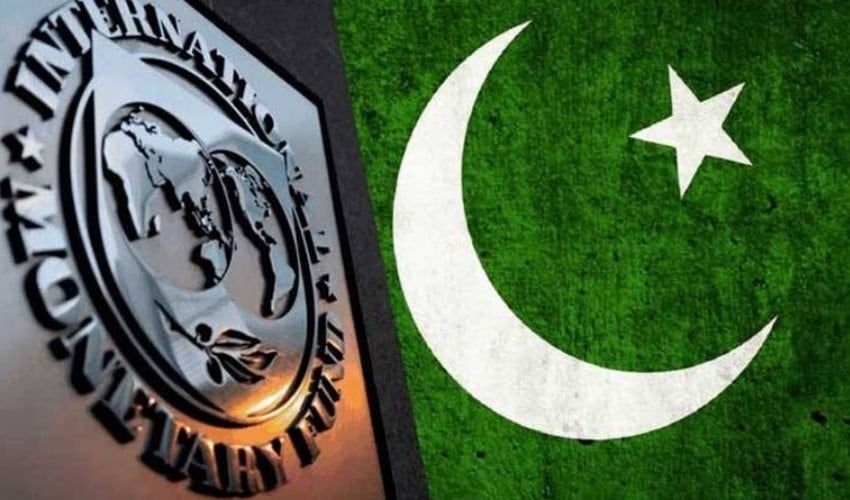Islamabad (TDI): Pakistan and the International Monetary Fund (IMF) are preparing to revise key budgetary and economic targets for the current fiscal year as the impact of recent flash floods becomes clearer.
The adjustment process comes amid expectations that GDP growth will dip below earlier projections. Initial assessments underestimated the scale of destruction, but a Rapid Need Assessment (RNA) conducted by provincial governments has now placed total damages at around Rs650 billion across all four provinces, The News reported.
These figures, however, are still provisional, as an international consortium, including the World Bank, Asian Development Bank, European Union, and UNDP, has yet to validate the provincial estimates.
To secure a staff-level agreement under the IMF’s $7 billion Extended Fund Facility (EFF) and Resilience and Sustainability Facility (RSF), Islamabad and the visiting IMF mission are now working to finalize a revised fiscal framework.
Under the updated plan, the Federal Board of Revenue’s (FBR) tax collection target will likely be trimmed from Rs14.13 trillion to Rs14.001 trillion, while non-tax revenues are also expected to be revised downward.
Read More: Pakistan Likely to Secure $1bn IMF Tranche Despite Policy Slippages
Government sources said that while initial evaluations placed flood-related losses at Rs371 billion, subsequent assessments show the damage is “significantly higher,” the paper added. One senior official noted that the earlier estimates only covered the period up to mid-September, and that “the situation has worsened since then.”
As a result, the government’s GDP growth target of 4.2% may be revised down by 0.6–1 percentage point, effectively bringing it closer to 3.2–3.6%. The weaker growth outlook will necessitate changes to Pakistan’s macroeconomic and fiscal frameworks, including adjustments to provincial revenue surpluses, originally projected at Rs1,465 billion.
Read More: Pakistan Informs IMF of Rs371bn Flood Losses, Cuts Growth Target to 3.9%
On the expenditure side, officials indicated that the federal government will likely avoid publicly cutting the Public Sector Development Program (PSDP), which stands at Rs1 trillion, but may slow the pace of disbursements, particularly in the first half of the fiscal year (July–December). This approach is intended to keep the fiscal deficit and primary surplus within the IMF’s agreed target of 2.4% of GDP.
Some internal reallocations have already been made within the PSDP. For example, Rs20 billion has been earmarked for FBR-related digitisation and border infrastructure projects.
While Pakistan aims to demonstrate fiscal discipline, the twin challenges of post-flood reconstruction and meeting IMF conditions continue to test the government’s financial management.



